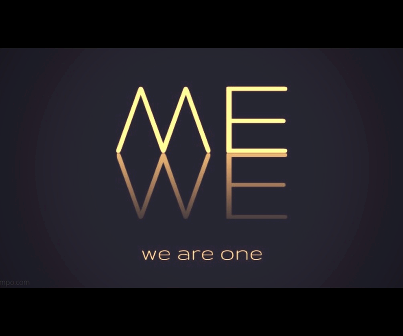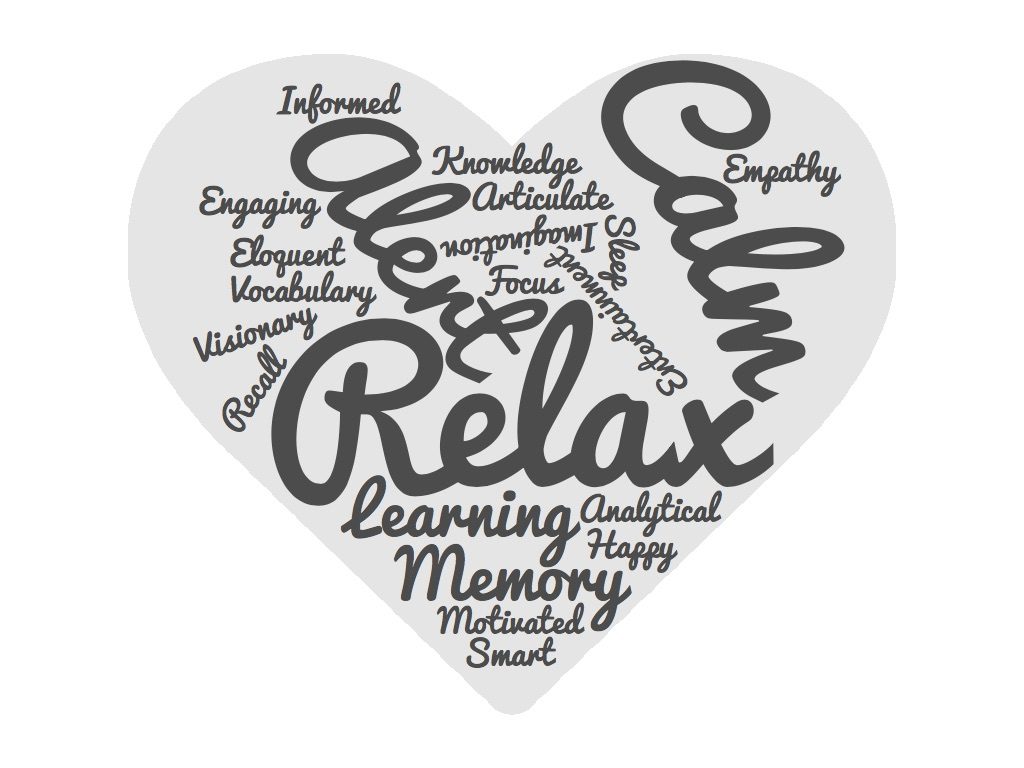Dear WinkWorld Readers,
In the previous WinkWorld, I shared Nancy Bailey’s thoughts on what happens when librarians are replaced by computers. In what follows, I will share a recent blog from Steven M. Singer, where he demonstrates that the kids are really a captive market for the testing industry. I hope you will take time to read his entire post.
Tomorrow, the 2 weeks of testing SmarterBalance begins in SD. I know some of these little SD captives, who have had a fabulous school year, and now after the practice tests, they feel like failures already. For many, the teachers’ and students’ identity becomes defined by this one test. It is heartbreaking. I challenge any of you to take a practice test or two and share your scores with us.
http://www.smarterbalanced.org/assessments/practice-and-training-tests/
Yes, you can sign in as a guest; you simply have to follow the prompts. Try to image taking this test, as an 8-year-old and working on an unfamiliar computer….
Read below what Steven M. Singer has to say about this captive market.
https://gadflyonthewallblog.wordpress.com/2017/04/08/standardized-testing-creates-captive-markets/
More of Steven’s thoughts can be found at Gadflyonthewallblog.
My previous posts are always available WinkWorld News.
Older posts eventually roll over to the WinkWorld Archive found at the bottom of my main page.













